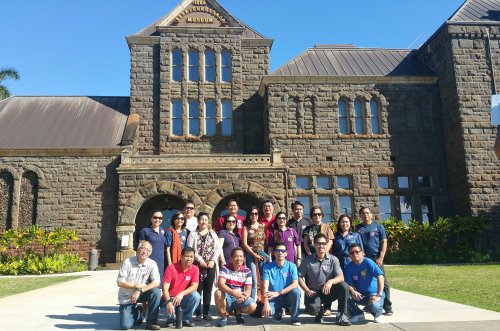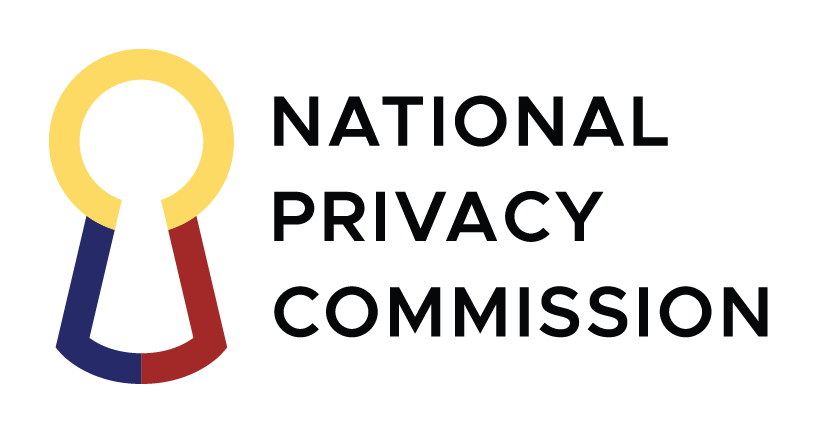
In celebration of National Women’s Month, the Philippine Consulate General in Honolulu visited the 128-year old Bernice Pauahi Bishop Museum for a private docent-led tour on 17 March 2017. The tour was also one of the Consulate’s activities for its Gender and Development (GAD) program for 2017.
The Bishop Museum was established in 1889 to preserve and share the natural and cultural history of Hawaii and the Pacific. It houses and cares for over 24 million historical, cultural and natural treasures which trace the history and cultures of the peoples of Hawaii and the Pacific. Named after Princess Bernice Pauahi Bishop, the last regal heir of the Kamehameha’s Dynasty, which ruled the Kingdowm of Hawaii between 1810 and 1872, the museum is the largest museum in Hawaii and has the world’s largest collection of Polynesian cultural artifacts and natural history specimens.
Princess Pauahi held the largest private landownership in the islands, owning approximately 9% of Hawaii’s total acreage across the island chain. During her lifetime she saw the Native Hawaiian population dwindle from 124,000 to 44,000. Concerned for her people, she focused her entire estate towards education.In 1887, as designated by her will, she established the Kamehameha Schools to bring educational opportunities to preserve, improve and perpetuate the well-being of future generations of Native Hawaiians, academically and culturally. Today, Princess Pauahi’s estate is worth about $11 billion.
To better appreciate Hawaiian culture and the role of influential wāhine (women) and their achievements in Hawaii's history, two (2) docents of Hawaiian ancestry served as the group’s guides for the three (3) level Hawaiian Hall. During the tour, the docents shared the underexamined history of the women in Hawaii and how gender roles in Hawaii had evolved over the centuries, from before the arrival to the islands of European explorers and Protestant missionaries to the overthrow of kapu system (Hawaii code of conduct), and from the downfall of the Kingdom in 1893 until its statehood in 1959, and to the present.
The docents also stressed the significant roles of Hawaii’s powerful women including Princess Pauahi, Queen Liliuokalani, Queen Emma and Queen Kapiolani in shaping the history of the island state. (END).

